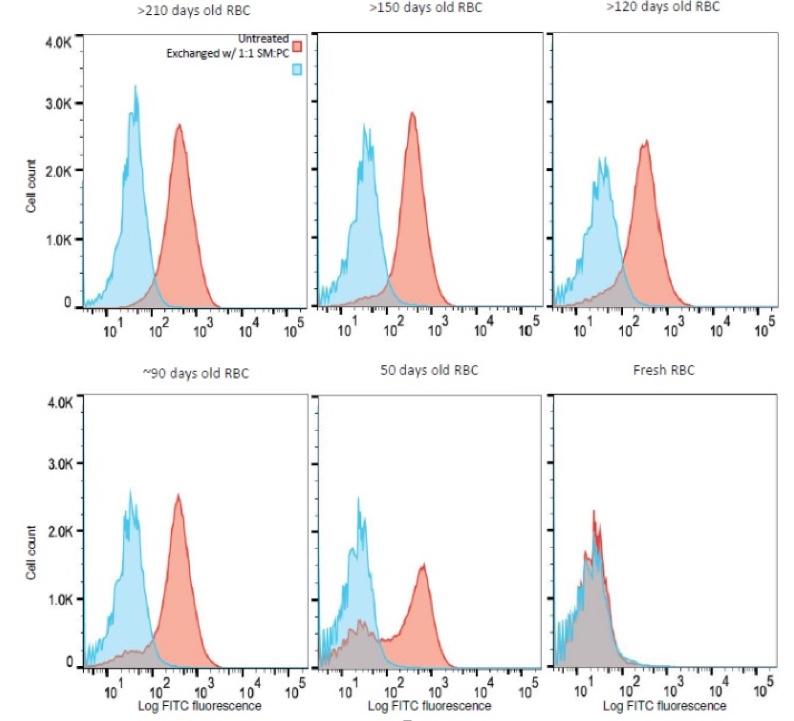
Method for Increasing the Storage Life of Donated Red Blood Cells
Overview
Every day in the U.S., approximately 36,000 units of red blood cells are needed. Blood donations are used to treat cancer, chronic illnesses, traumatic injuries and to replace blood lost during surgical procedures. These donations come from volunteers, an estimated 6.8 million in the U.S. each year. Unfortunately, there are shortages because only 3% of age-eligible people donate blood annually. These shortages are further exacerbated by things such as weather and natural disasters. Currently, the coronavirus outbreak is threatening the blood supply after the cancelation of nearly 2,700 Red Cross blood drives, resulting in roughly 86,000 fewer donations.

Red blood cells have a limited shelf life after donation and must be used in 42 days or less1. In the absence of an increase in donations, the only way to increase the availability of red blood cells is to increase their shelf life. Research in the lab of Dr. Amir Farnoud at Ohio University has found a method to do just that.
Tech ID: 20026
Patent(s):
Inventors
Dr. Amir Farnoud joined the Department of Chemical and Biomolecular Engineering in August 2015. Dr. Farnoud received his Ph.D. in Chemical and Biochemical Engineering from the University of Iowa and completed his post-doctoral training in the department of Microbiology and Immunology at SUNY-Stony Brook. His research group aims to understand the role of cell membrane lipid composition in cell-cell and cell-nanomaterial interactions.
Amid Vahedi received a B.S. in Chemical Engineering from Petroleum University of Technology and a M.S. in Chemical Engineering from Sharif University of Technology. He is currently a graduate student in Dr. Farnoud’s lab, pursuing a Ph.D. in Chemical Engineering. He works on technologies for exchanging the lipids in the membrane of living cells, especially red blood cells, to examine the role of lipid chemistry and biophysical properties in red blood cell function.